|
I have a plan! by Kevin Griffith It was 2005 and after much research and consultation, I had a management plan! A lake management plan to improve Fyrne Lake. It involved removing unwanted fish (yellow bass “stripes”, catfish, grass carp & largemouth bass under 12”), repairing and pumping up the food chain and adding substantial amounts of natural and artificial fish structure. I was excited and couldn’t wait to get started! The lake had so many needs all interrelated and all of equal importance. Fulfilling one need at a time didn’t make sense, so I jumped in and attacked all three simultaneously! As I shared in the last issue, I immediately enlisted the help of the fishing club members to keep all the unwanted fish they caught and I began a fish stocking program of various desirable baitfish to plug the holes in the lower rungs of the lake’s food chain. But, there was still so very much to do! I also began identifying various designs for natural and artificial fish structures (details next issue) and investigating ways to pump up the lake’s food supply. Could we create a totally new food chain to double up the potential food supply for our gamefish? Maybe… I was definitely going to find out! The bottom rung of our current food chain started with algae, plants, insects and zooplankton located in the shallows in, on and around the limited number of fallen trees and branches that had fallen into the water. Next were the minnows, bream and gamefish fry who were in turn eaten by the largemouth bass and crappie. What if we could identify an additional food chain that was based out in the open water of Fyrne Lake? Was this even possible in fresh water? I had a gut feeling it might be. Growing up in Clearwater, Florida I witnessed huge schools of baitfish in the open water of the Gulf of Mexico. They numbered in the tens of thousands and the salt water game fish present violently struck at the schools consuming everything they could get their mouths around. Somehow the majority of the fish survived. Tightly packed, these baitfish schools provided shelter for the individual fish even while many (though a small percentage) of their brothers and sisters were devoured. Was there a baitfish like that I could introduce to Fyrne Lake? The answer was YES! The saltwater baitfish I saw were locally known as greenbacks. It turns out these greenbacks were a variety of shad that had a close freshwater relative, the threadfin shad. Threadfin shad have similar behavior patterns to their saltwater cousins including their preference for open water and desire to travel in schools for protection. It turns out these fish had already been stocked in freshwater lakes throughout the south. Like their saltwater cousins, threadfin shad are filter feeders. Filter feeders eat by filtering out suspended food particles from the water. Shad filter out freshwater plankton in open water often far from shore. They don’t compete for food with shoreline minnows, bream and gamefish fry. Shad were my answer to create a second food chain and I wanted them in the lake! Starting this second food chain would provide sorely needed prey to our existing gamefish buying us time to restore the lake’s original food chain. We desperately needed shad! However, there was a challenge in getting them. Threadfin shad are fragile like greenbacks. (Have you ever been saltwater fishing and tried to keep greenbacks alive in a baitwell? They don’t last very long!). Transporting shad is an extreme challenge. They’re sensitive to changes in temperature, dissolved oxygen levels and being handled. Luckily, I eventually located a fish farm that knew the species well and, through years of experimentation, had constructed breeder ponds, created customized circular truck transport compartments and developed unique handling techniques that insured live shad delivery.
Just getting the shad into Fyrne Lake wouldn’t guarantee success in creating this new open water food chain. These shad needed to eat and Fyrne Lake’s plate was empty! Fyrne Lake’s water was clear and beautiful. That was normal during cooler weather, but summer was quickly approaching and water temperatures already exceeded 60 F. We needed a plankton bloom to feed the soon to arrive shad. Plankton refers to small mostly microscopic organisms (plant & animal) that live in open water and move with the currents having little or no ability to control where they go. Shad filter out these members of the lowest rung in our new open water food chain to eat. A plankton bloom occurs when conditions are favorable for their population to rapidly increase, clouding the water with their billions of bodies and turning the water a light green to brown. A perfect soup to nourish our new aquatic residents! How do I start a plankton bloom? Many lakes do this each spring naturally, but Fyrne Lake needed a boost. However, artificially boosting a bloom can be tricky and dangerous to your fish. It takes fertilizer, too much and I would over bloom the lake, depleting the oxygen supply and resulting in a fish kill. Fish kills often happens in lakes that receive too much fertilizer in water runoff either from farm fields or home lawns. With Fyrne Lake being mostly surrounded by forest, I didn’t have to worry about fertilizer runoff. I could control the type and amount of fertilizer entering the lake. Under the advice of my lake consultant, we chose a water soluble pond fertilizer call Perfect Pond Plus by Bio-logic. Other factors like the lakes alkalinity and PH can affect the effectiveness of your fertilization. If your PH is too low, lime may be required in addition to fertilizer. After testing the water, we discovered that Fyrne Lake had ideal alkalinity and PH, requiring only fertilizer to create a bloom. The consultant recommended 4 pounds of fertilizer per surface acre. With 110 surface acres, Fyrne Lake would require 440 pounds. I stayed conservative and only used 200 pounds for our first application, nothing happened. Two weeks later I applied another 200 pounds. Within a week the lake was turning green. The fertilizing was working! A couple weeks later we tested the clarity of the water with a Secchi disk* (see picture). We were at 24” of clarity. 12-18” is ideal, less than 12” and you’re at risk of a fish kill. I was happy with 24”. It was enough concentration of plankton to keep the shad’s bellies full. The lake consultant warned me that additional fertilizing might be required to keep the bloom going. However, after the initial treatment, Fyrne Lake kept its bloom all summer! With the plankton bloom going, my shad were multiplying and the crappie and gamefish were fattening up. However, this was only a temporary solution. I still had to finish repairing our original food chain and to do it the lake would require loads of fish structure. But, what was I going to use? I had discovered lots of options for natural and artificial fish structure in my research. And, of course, I was going to choose all of the above! I’ll share them all with you in the next issue! *A Secchi disk is a round disk of plastic with black and white markings used to measure the clarity of water through lowering it below the surface until it can no longer be seen. Comments are closed.
|
AuthorKevin Griffith Archives
September 2018
Categories |
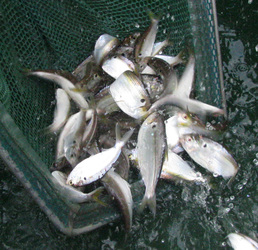
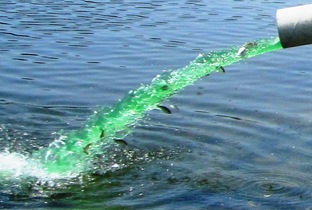
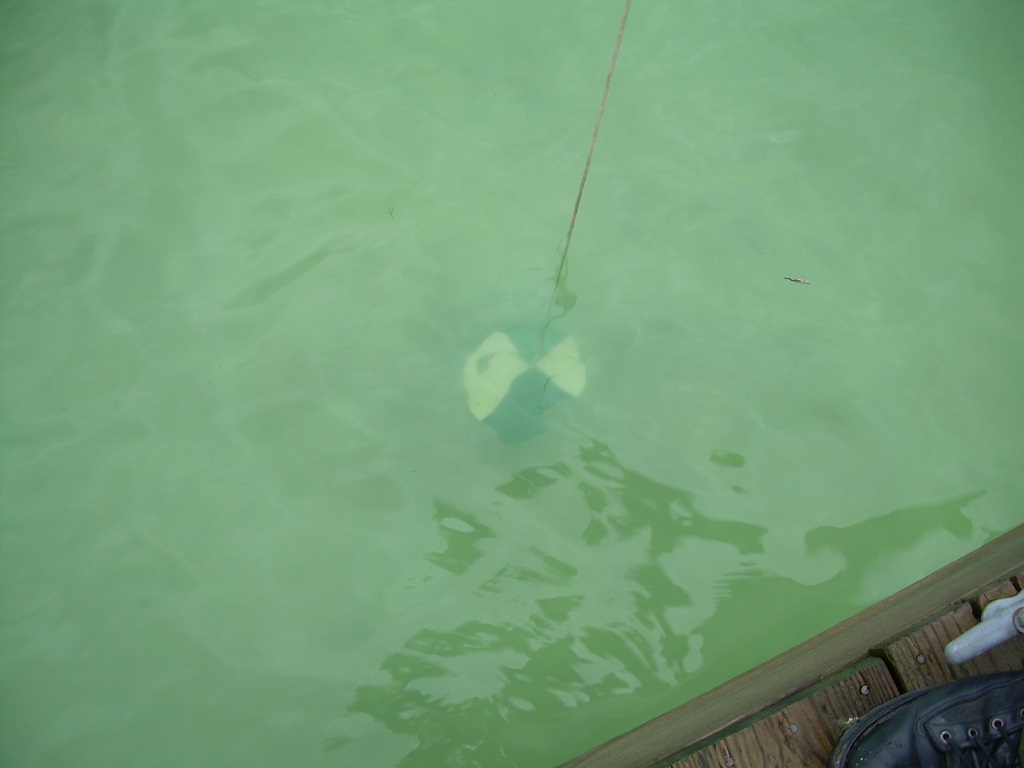
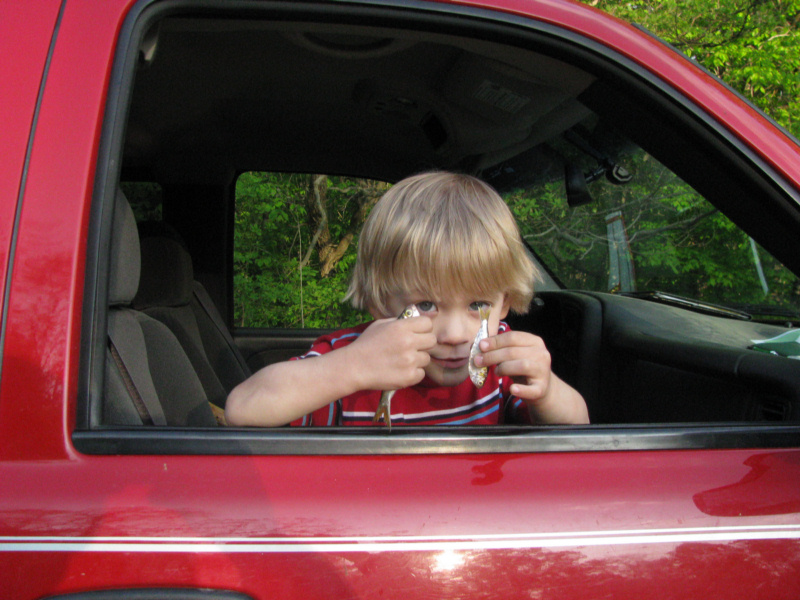
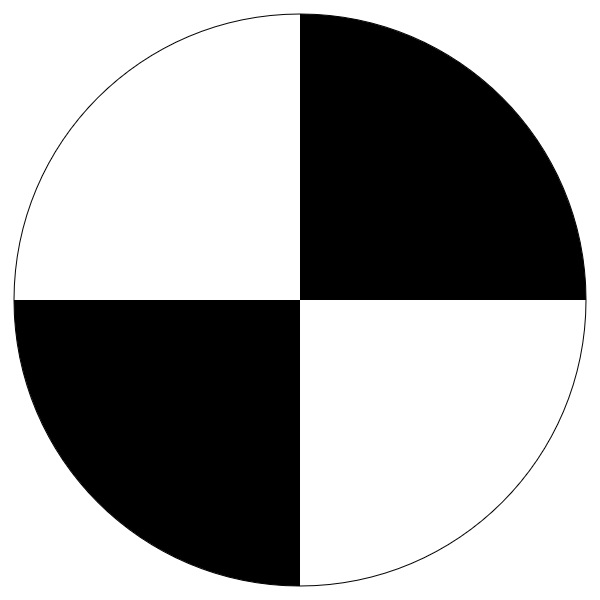
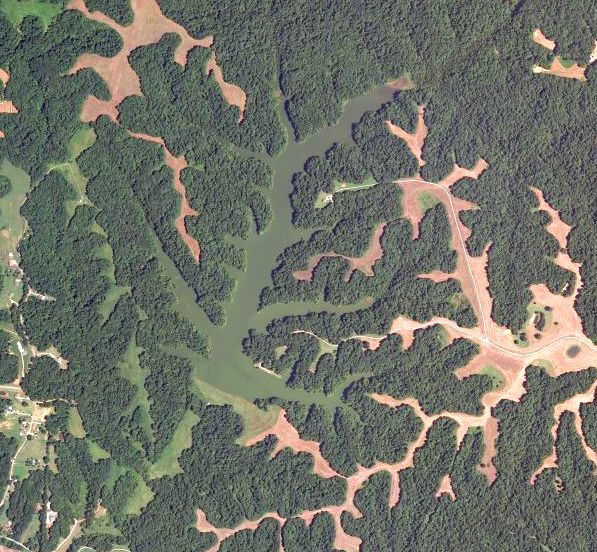
 RSS Feed
RSS Feed